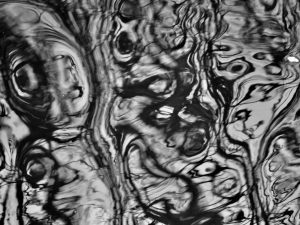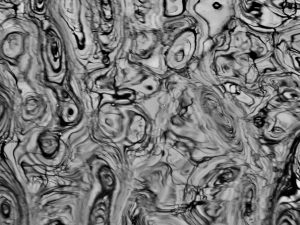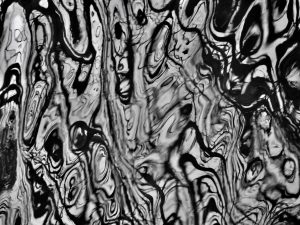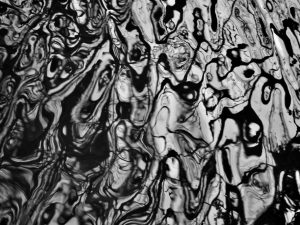
Brief Definitions
Postmodernism represented a major departure from ‘Modernism,’ with a distinctive distrust of theories, categories, hierarchies, and fixed identities.
Utilised across many creative fields and disciplines, postmodern theories were very proactive. It was associated with critical theories, including deconstruction.
Postmodern intellectuals, describe the pursuit of modern knowledge, and value systems as socially driven. All conditioned through the leagues of hierarchies.
At that time postmodernists focussed on the role of ideology, especially those that supports elitist economics and political power.

The theories of postmodernism, gave attention to the relative truths of each individual person.
It considers realty to be a mental construct. Embracing and promoting diversity, it accepts direct experience over abstract principles.
In the early 1970s, many postmodern intellectuals predicted the end of Modernism.
Where all ancient frameworks, structures, and permanent fixtures of society, have crumbled and fallen away, with nothing in its place. The Postmodernists explained the times, as a period when the Culture of Chaos and Confusion will dominate all societies.

Critique
Their predictions were criticised for its lack of scientific evidence. Currently, the actual state of our global realities, is one of unprecedented chaos and confusion.
In which we have surrendered the human mind to the machine.
Remember, the machine is not organic. It is simply a technological program, someone designed it. Huge multinationals are managing all platforms. This scenario is real. It may prove beneficial or progressive. The question is, who determine the route or direction?

History
The word ‘Postmodernism’ was first used in 1870 by John Watkins Chapman, as a post-modern style of painting. A way to depart from the dominance of French Impressionism.
In 1971, at the Institute of Contemporary Art, London, Mel Bochner described ‘Postmodernism in Art’ as a form of critical investigation.
In 1996, Walter Truett described postmodernism in the term of worldviews. In which truths may be found in the heritage, legacies, and grand narratives of Western Civilisations. Other theorists of postmodernism include, Michel Foucault, Jean Francois Lyotard, Jacques Derrida, Jean Baudrillard, Fredric Jameson.
Now
In its use to deconstruct Modernity, postmodernism is now considered to be a form of nihilism. The accurate term to describe the living conditions, and realities of contemporary life in the 21st century, in a similar mode to Postmodernism, could easily be ‘Trans-Post-Modernism.’